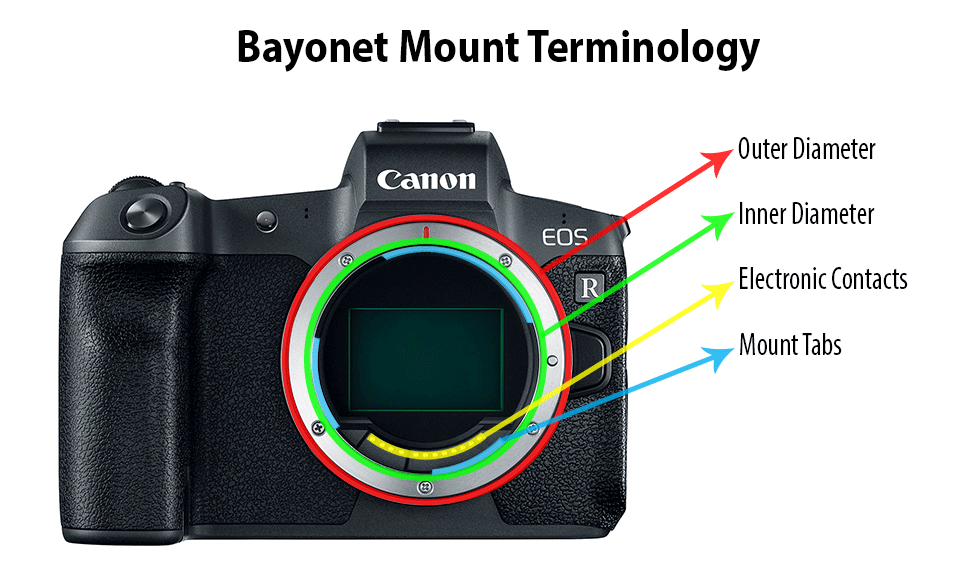I ran a roundtable discussion for Z9 owners yesterday on Nikonians. For the flagship camera audience of the Z9, there was no concern whatsoever about the size and weight. They felt the weight of the body was less than previous flagship bodies and combinations were similar in weight to a D850 - so it was lighter. More important to them was the balance which had improved with the Z9 compared to the D5/6 bodies. These photographers need a camera that is durable and performs in any conditions.The Sony A1 is much lighter than the Z9. It appears that Nikon intentionally went to an integrated grip and large battery as opposed to needing that size/weight for the new tech. Right now, for D-500/500pf users that are willing to pay a 2# penalty to get the new tech, the A1/200-600 seems better than the Z9/500pf/ftz approach.
The other benefit they described was no one had been able to use up a single battery in a full day of shooting stills. The battery is has 50% more capacity than the earlier batteries. Nobody had any issues with overheating under any circumstances - video or stills.
As they describe how they used the camera and set it up, there was a lot of thought and discussion about the Fn3 button - a function button tht is in prime position when you switch to portrait orientation. A couple of photographers mentioned that they had set the camera for a lower frame rate - 7-10 fps - and were using the Fn3 button to activate a 20 fps rate if needed. The first to mention that idea is a sports photographer who described the need for a high frame rate if there was an accident at a NASCAR race (and his scrolling background at the time was Dale Earnhardt Jr. flying through the air sideways).
For my personal use, I do want a smaller body but did not expect that in a flagship model. That Z camera is coming down the road so for now I'm being somewhat patient. We'll see if I can hold out.



